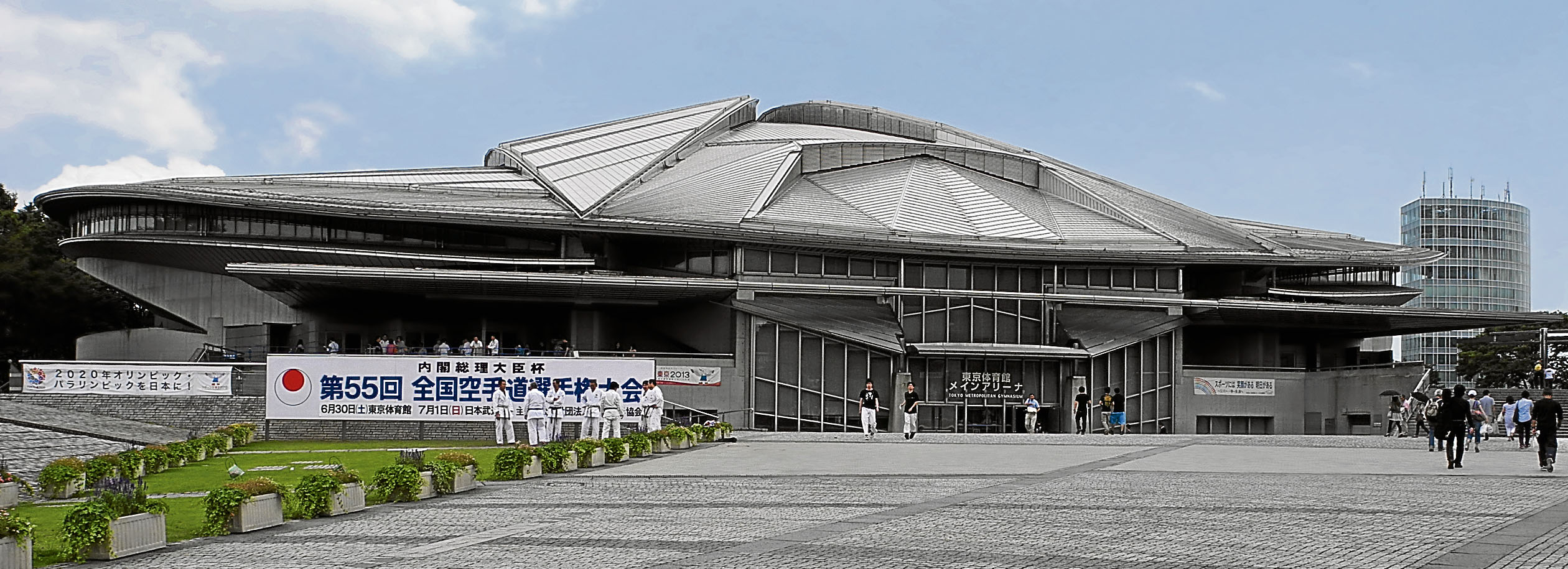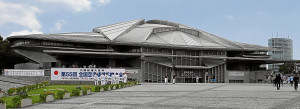
PHOTO BY DOUGLAS PERKINS
JAPANESE architects Takaharu Tezuka, Fumihiko Maki and Kengo Kuma will grace the 8th National Architecture Symposium on April 23 at the SMX Convention Center.
The symposium is organized by the University of Santo Tomas (UST) Architecure Network (Archinet).
Theme of the 2016 conference is “Re-envisioning Conventionalism in Architecture,” said Sarah Pallarca, Archinet president.
UST College of Architecture dean and Archinet adviser John Joseph Fernandez gave the main principles of Japanese minimalism below:
1. Less is more.
Minimalist architecture eschews unnecessary decorations.
“Spaces are filled only with the basics, and there are only few architectural elements to avoid clutter,” Fernandez explained.
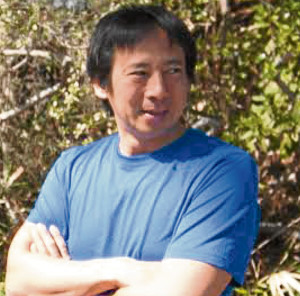
2. More is too much.
“Some designers,” said Fernandez, “do not want minimalism because they perceived it to be boring. But for minimalists, less is more and more is too much.”
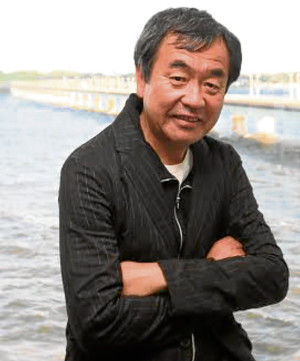
3. Less may become more later.
Minimalism, said Fernandez, may evolve into conventionalism.
A minimalist house, he explained, would practice conventionalism if later decorations or new architectural elements would be added, whether due to necessity or purely for aesthetics.
“Conventionalism is not a planned form of architecture but can be seen as a ‘story,’” said Fernandez.
“While you may start at minimalism, your building would still evolve as your lifestyle or needs evolve.”
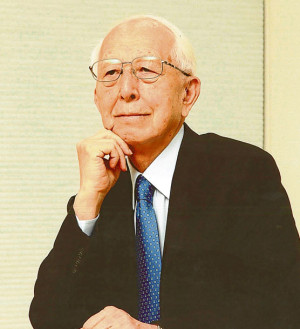
Famous works
Tezuka’s design philosophy is centered on designing spaces hand in hand with emotions.
He won the Japan Institute of Architects Prize in 2009.
Among his notable works are the Roof House, Fuji Kindergarten and Echigo-Matsunoyama Museum of Natural Science.
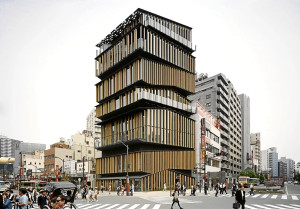
Maki, winner of the 1993 Pritzker Prize, is acclaimed for experimenting with new building materials, and for fusing Eastern and Western cultures in his works.
His notable designs are the Tokyo Metropolitan Gymnasium, Four World Trade Center and Aga Khan Museum.
Kuma was awarded the International Spirit of Nature Wood Architecture Award in 2002.
Among his famous works are the Kiro-san Observatory, Noh Stage at Toyoma Centre for Performance Arts and Nakagawa-machi Bato Hiroshima Museum of Art.
Aside from the seminar, the Japanese architects will also join a workshop on social design along with students of the University of Tokyo and Portland State University professor Sergio Palleroni at St. Martha Estate in Bulacan, April 25-30.
The National Architecture Symposium is the largest student-initiated architecture forum in the Philippines.

Since 2009, it has tackled such issues as global warming, environmental urban planning and architectural evolution.
According to UST professor Rizalito Mercado, the symposium would be a “gateway” for Philippine students to see architecture in a global perspective.
“Previously, we kept on looking up to the West as a model of what good architecture is,” said Mercado. “I think it’s about time we look to Asian architects.”

